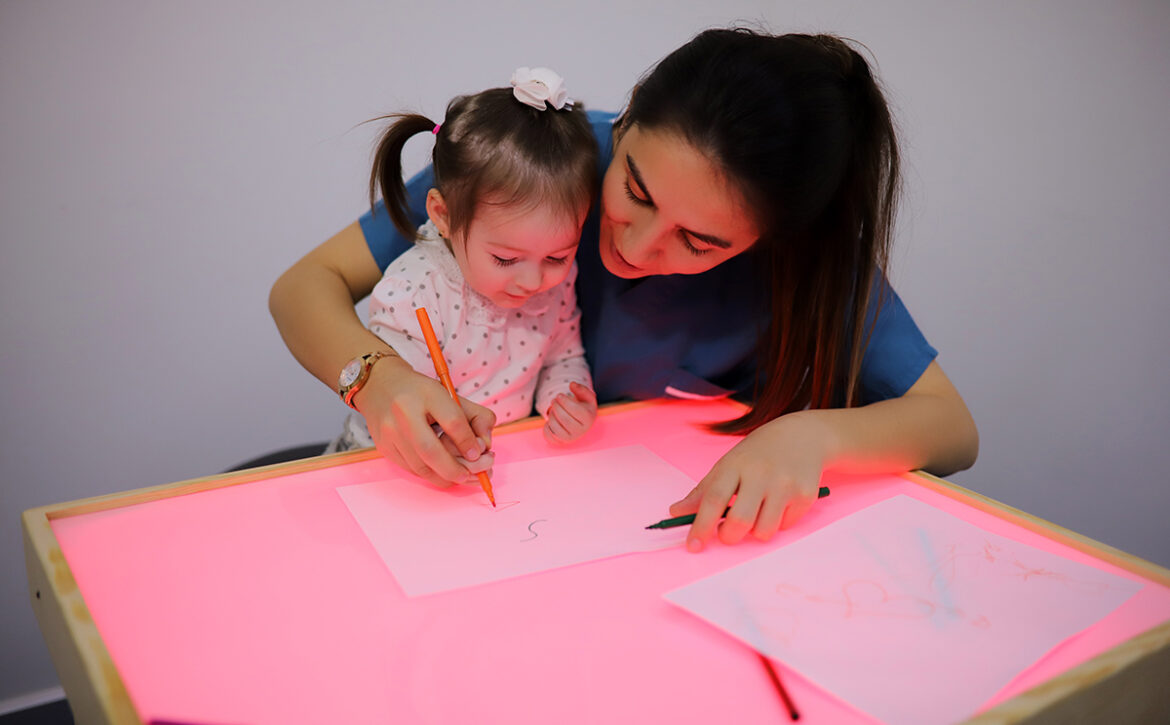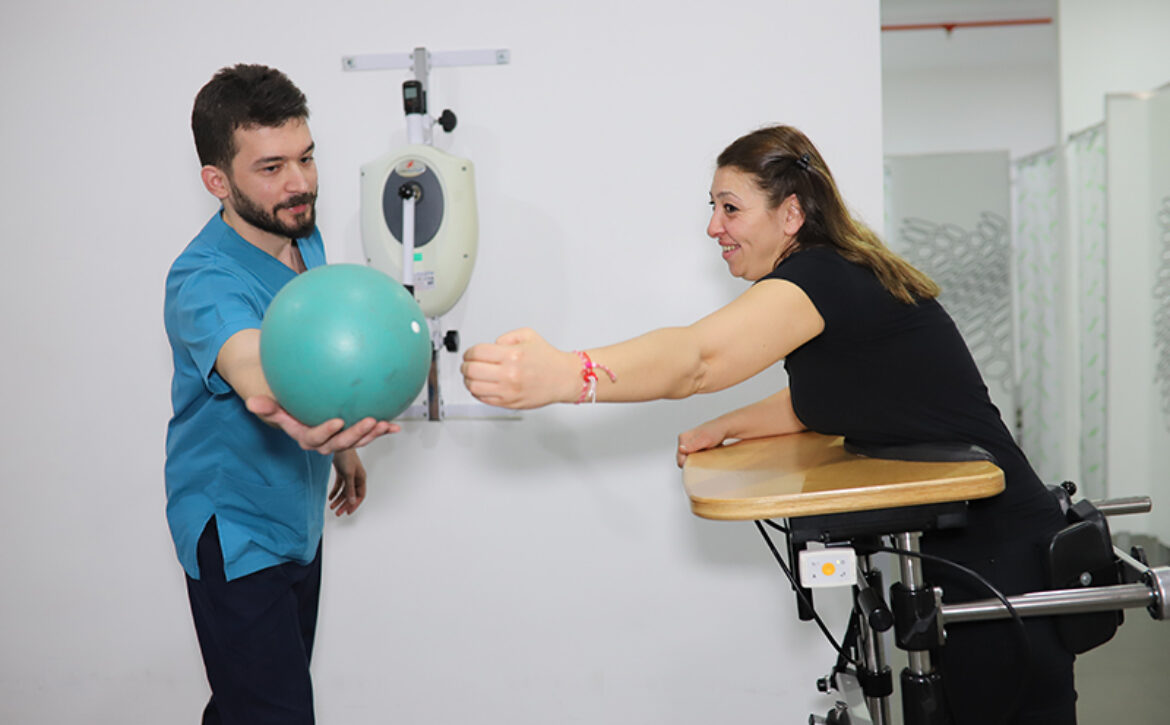Sensory Integration Therapy
WHAT IS SENSORY INTEGRATION?
Sensory integration is the ability to synthesize, organize and process the sensory information received from our body and the environment.
Sensory integration theory is a neurological process that organizes the senses coming from our body and our environment to enable us to use our body effectively in our interaction with our environment. The brain uses this process in daily life activities.
Sensory integration, in other words, is to create meaningful and purposeful responses to our sensory experiences, it is the ability to synthesize, organize and process sensory information received from the body and the environment.
It is to provide sensory-motor development by developing the brain with meaningful sensory-motor activity in order to realize its learning. For sensory-motor development, the individual must be in contact with the environment. Meaningful sensory-motor activity is important in sensory integration therapy, as correct communication shapes brain development and provides the nervous system’s capacity to change (plasticity).
What are the Principles of Sensory Integration Therapy?
According to sensory integration theory, learning is a function of the brain and learning difficulties indicate deviations in nervous system functions. Individuals with learning difficulties have motor and sensory problems; they have difficulty in perceiving and integrating sense information. The inability to integrate sensory stimuli causes behavioral and learning problems. This condition is defined as “Sensory Integration Disorder”.
Sensory Integration Approach; unlike other approaches to learning disabilities, it does not employ specific skills. It aims to increase the brain’s understanding, perception and motor planning capacity.
Who Has Sensory Integration Disorder?
- Attention deficit hyperactivity disorder
- Children with learning difficulties
- Autism (pervasive developmental disorders)
- Cerebral Palsy
- Developmental delay (fine motor impairment, gross motor impairment, visual motor disturbances, coordination disorders)
- Hearing language speech disorders
- Development delay due to premature birth
- Genetic disorders, chromosomal disorders
What Are Sensory Integration Symptoms in Occupational Therapy?
- Responding slowly
- Reduced attention span
- Inability to speak at the right tone and speed
- Constant tiredness
- Inability to concentrate in noisy environments, ear closure
- Concentrating on the wrong sound and missing the target
- Memory difficulties
- Not reacting to the sound, unable to find the direction of the sound
- Choosing food, sniffing food
- Not brushing teeth, cutting hair and nails
- Fear of falling
- Fingertip walking
- Clumsiness
- Constant desire to move
How is Sensory Integration Treated?
Pre-therapy sensory integration problems; Sensory processing problems and the effects of these problems on daily life activities are evaluated by considering the sensory systems.
In therapy, first of all, the child’s intrinsic motivation should be in balance, child should participate actively and should be able to tolerate stimuli. Active participation of the child always facilitates learning. The child easily adapts the information learned during communication and play to daily life activities.
Sensory stimuli are always planned according to the individual needs of the child using sensory strategies and the appropriate sensory diet is selected. Every child shows different sensory characteristics as they are different from each other. So it includes different intervention plans.
In order to continue the treatment effectively at home, the family is trained and the home, school and play environment is arranged according to the sensory characteristics of the child.


